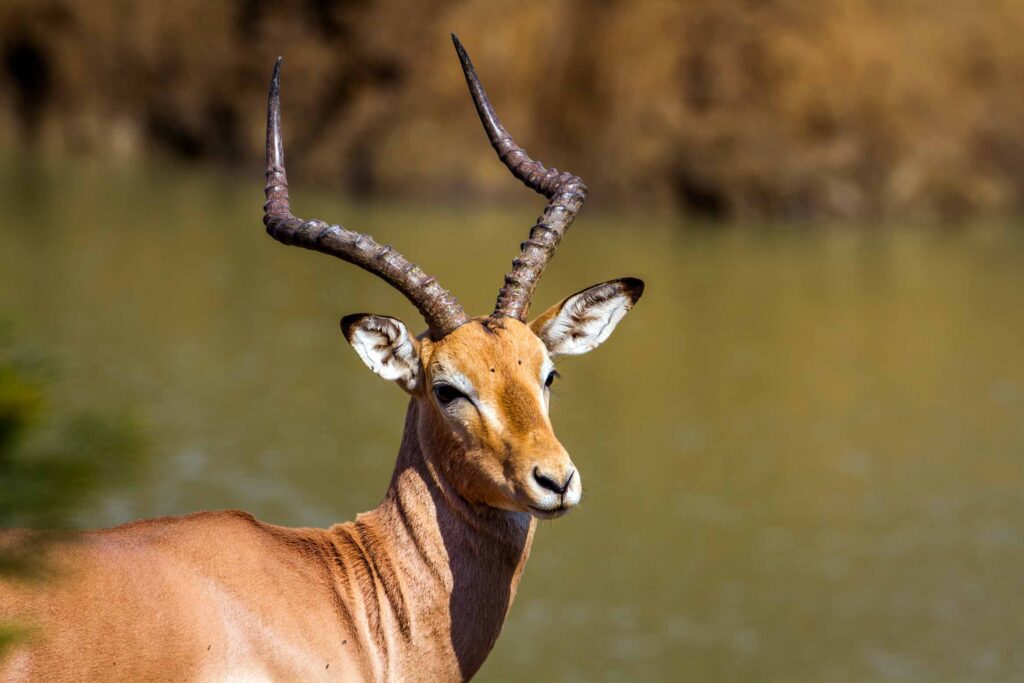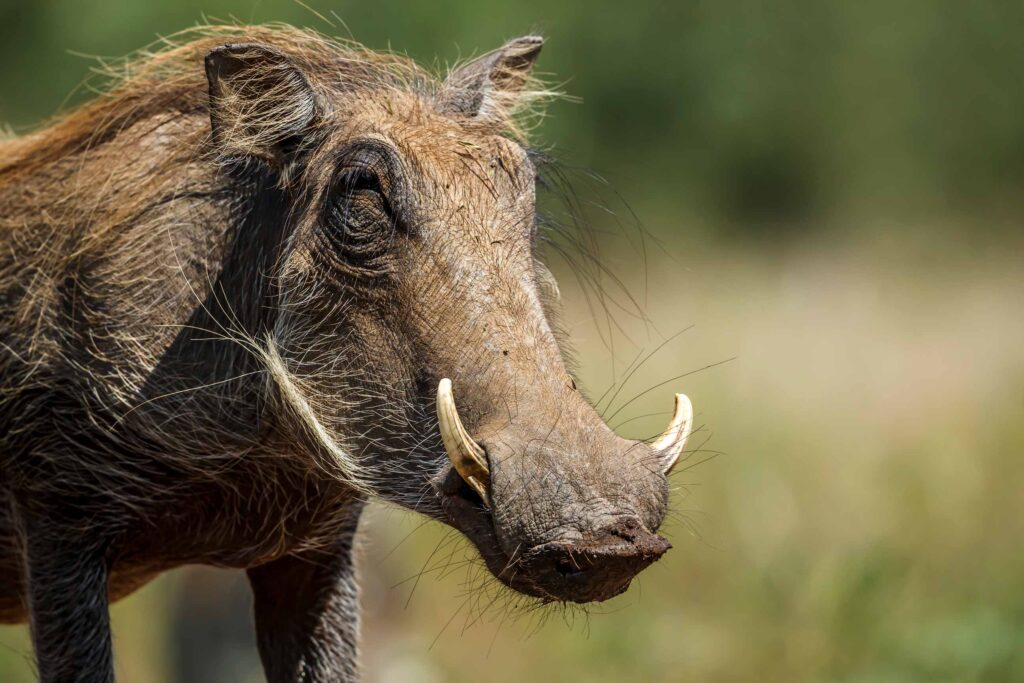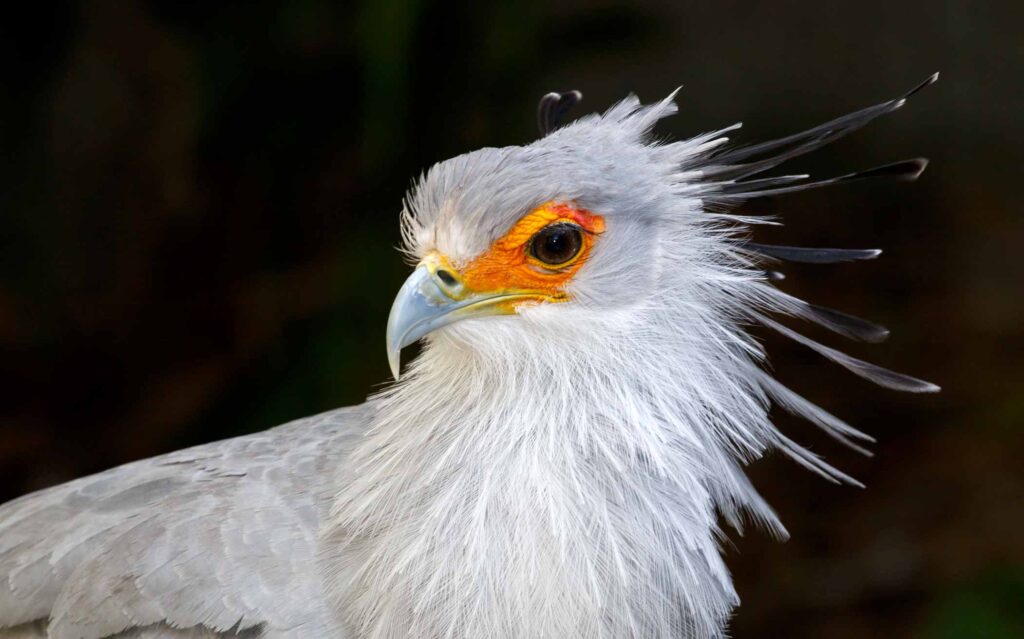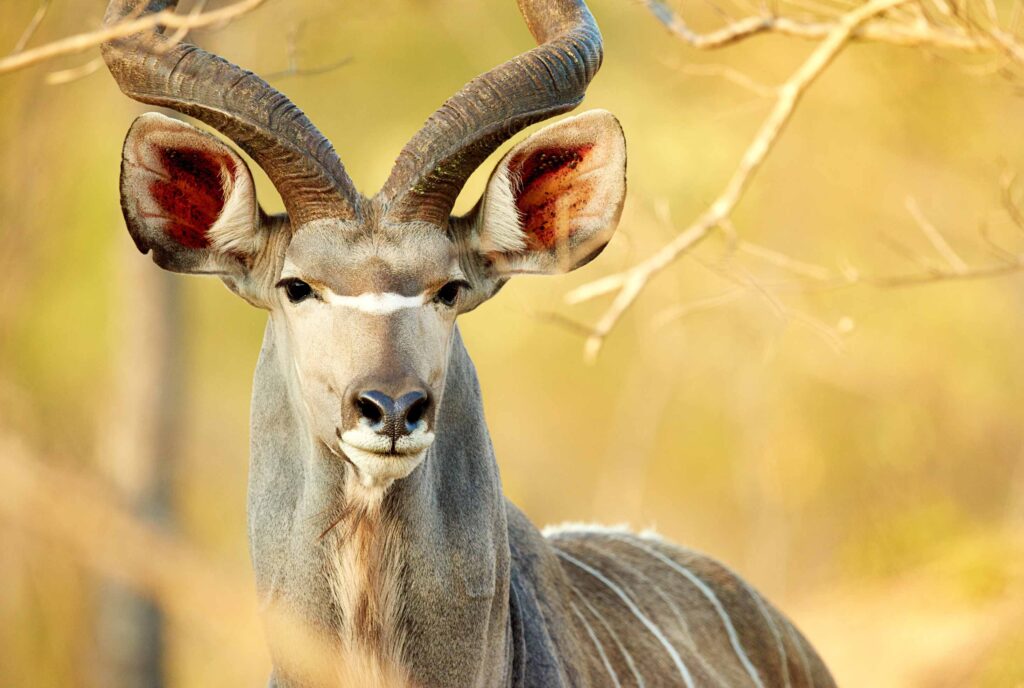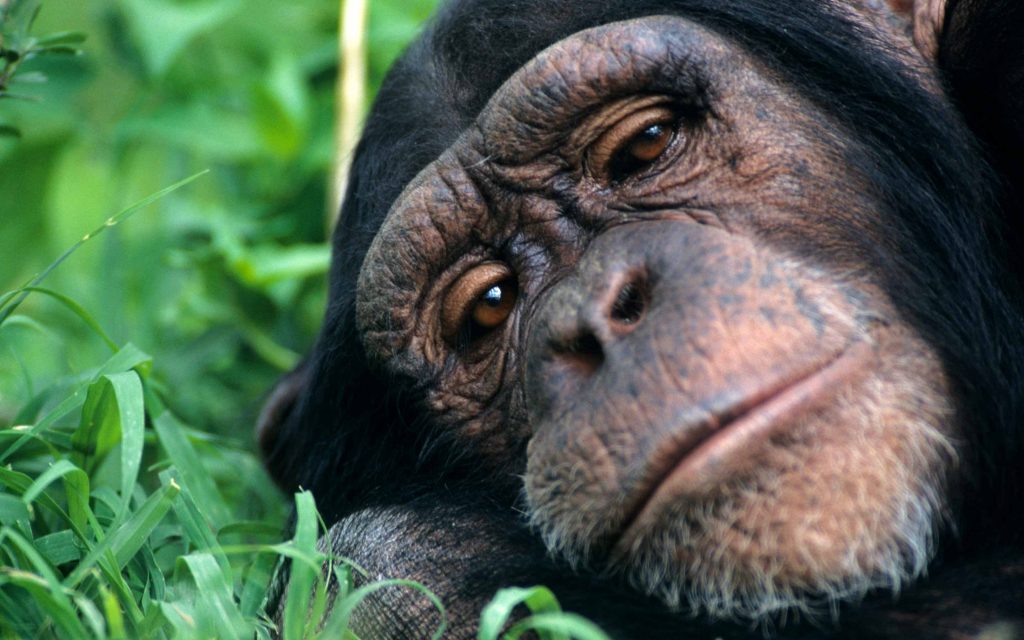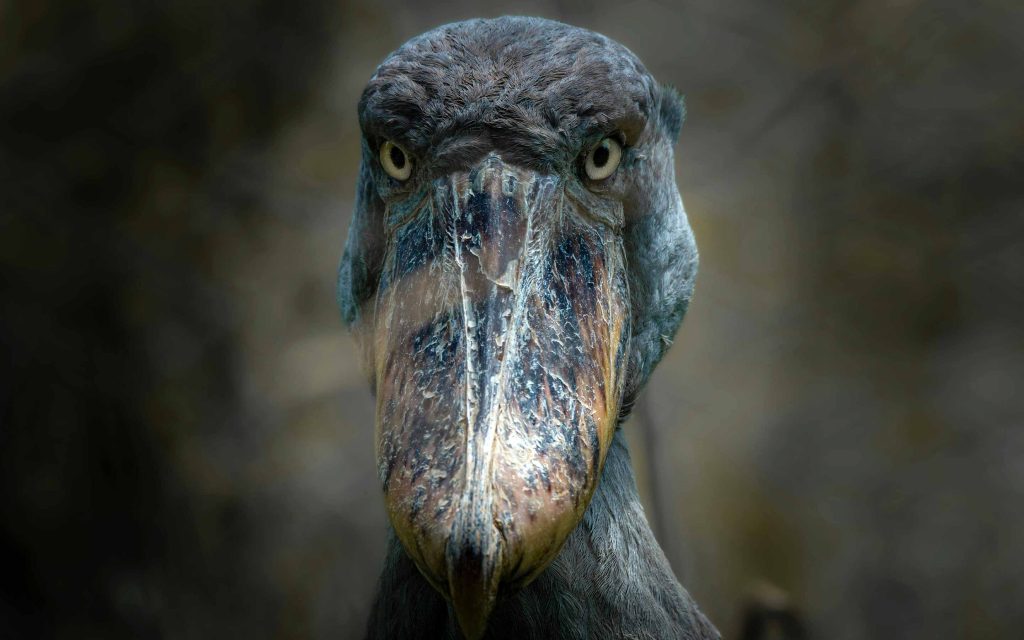Pied Kingfisher
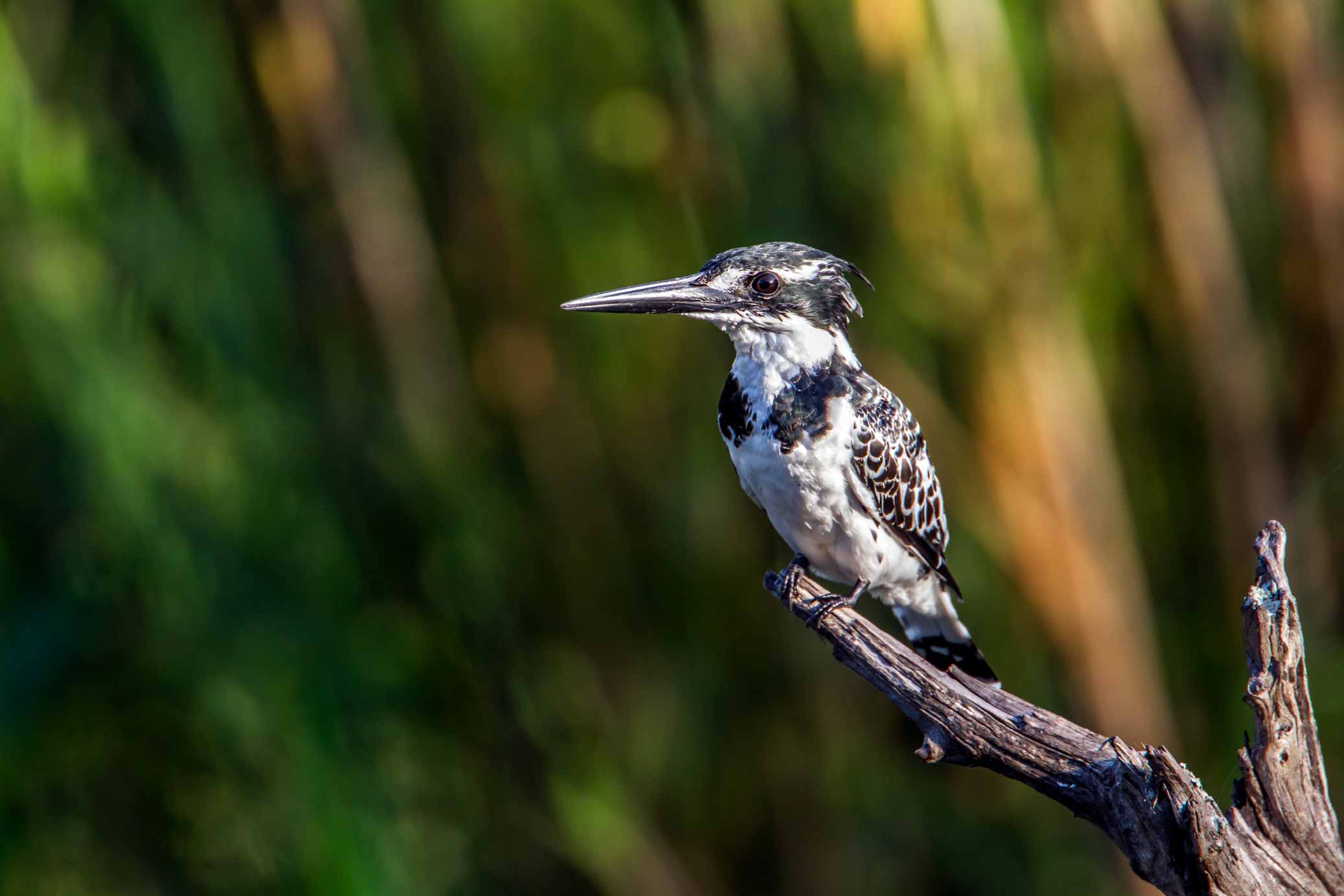
Overview
Scientific Classification
- Kingdom: Animalia
- Phylum: Chordata
- Class: Aves (Birds)
- Order: Coraciiformes
- Family: Alcedinidae
- Genus: Ceryle
- Species: Ceryle rudis
Description
The Pied Kingfisher stands out with its striking black and white plumage. Males can be distinguished from females by their double black breast bands, whereas females display a single band across the chest. Both sexes share the characteristic pattern of a white body with black spots and streaks across their wings, head, and back, giving them their signature pied appearance.
This medium-sized bird, about 25 cm (10 inches) in length, has a streamlined body built for agility. Its sharp, pointed beak is ideal for spearing fish, while its short legs and relatively small feet are suited for perching rather than walking. The Pied Kingfisher’s wingspan averages around 40 cm (16 inches), providing the power needed for rapid, precise flight, especially during its hover-hunting strategy.
One of the most remarkable aspects of this bird’s anatomy is its ability to hover motionless above water, flapping its wings rapidly to maintain position. This behavior, coupled with its incredible eyesight, makes it one of the most proficient fish hunters in the avian world.
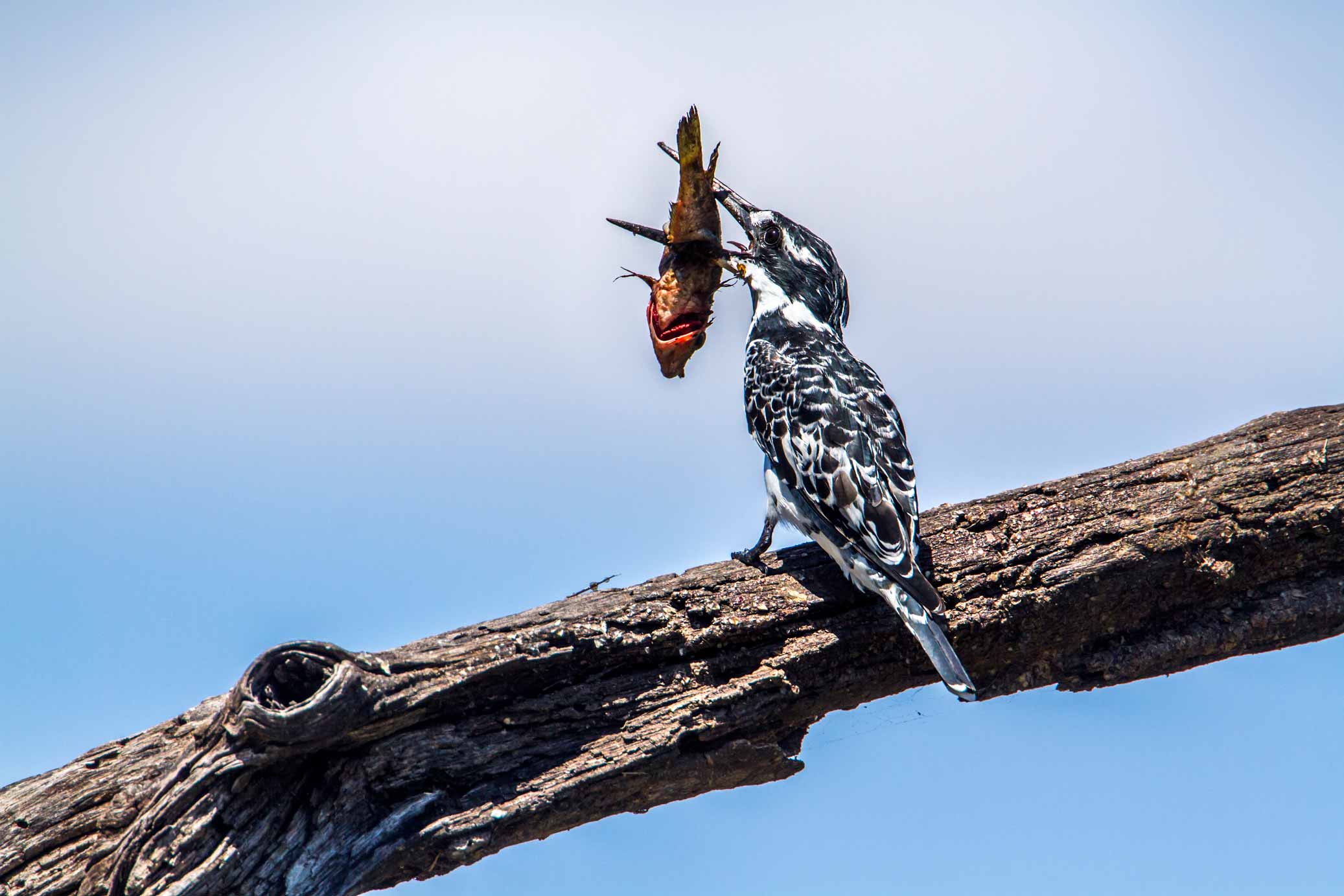
Behaviour
The Pied Kingfisher is a consummate hunter, and its diet consists primarily of small fish, which it catches using a technique known as “hovering.” The bird will fly above the water, hovering in place while scanning the surface for movement below. Once it spots a fish, it dives headfirst, plunging into the water with astonishing speed and precision. Upon capture, the kingfisher carries its prey to a nearby perch, where it beats the fish against a hard surface to immobilize it before swallowing it whole.
In addition to fish, this bird may occasionally consume crustaceans, insects, and amphibians, particularly when fish are scarce. Pied Kingfishers are territorial hunters, often defending their fishing grounds from other birds. However, they are also known to hunt in groups, especially during the breeding season, showcasing an unusual level of social cooperation for a typically solitary bird.
Reproduction and Lifespan
Pied Kingfishers are monogamous, forming lifelong bonds with a single mate. Their breeding season typically occurs during the wetter months, varying slightly depending on the region. The pair will select a site near a riverbank or lake, where they excavate a tunnel in the soft soil to create a nest. These tunnels can be up to 1 meter (3 feet) deep, offering protection from predators.
The female usually lays between 3 to 6 eggs, which both parents incubate for approximately 18 days. Once hatched, the chicks are fed by both parents and, occasionally, by helper birds. These helpers are often older offspring that have not yet bred, contributing to the care of the new brood in an example of cooperative breeding behavior.
The young kingfishers fledge around 25 to 30 days after hatching but remain dependent on their parents for food for several more weeks. Pied Kingfishers have an average lifespan of about 6 to 7 years in the wild, although some have been known to live longer in optimal conditions.
Habitat and Geographical Distribution
The Pied Kingfisher is highly adaptable, inhabiting a range of freshwater and coastal environments. It is most commonly found around lakes, rivers, estuaries, mangroves, and even along the seashore, as long as there is sufficient aquatic prey. The bird’s distribution spans across sub-Saharan Africa, from South Africa up through Kenya, Uganda, Tanzania, and Ethiopia. Populations are also found in North Africa along the Nile River and in the Middle East, extending as far east as India and Southeast Asia.
In Africa, some of the best places to spot the Pied Kingfisher include iconic water bodies like Lake Victoria, the Okavango Delta, and the Nile River. It can also be found in national parks such as Kruger National Park in South Africa and Queen Elizabeth National Park in Uganda, where it thrives in the abundant aquatic ecosystems.
Conservation
Currently listed as Least Concern by the International Union for Conservation of Nature (IUCN), the Pied Kingfisher enjoys a stable population across most of its range. Its wide distribution and adaptability to various environments have helped shield it from the more severe threats faced by other species. However, like all wildlife, it is susceptible to habitat loss due to wetland degradation, pollution, and climate change.
Conservation efforts focused on wetland preservation and sustainable water management are critical for maintaining healthy populations of aquatic species, including the Pied Kingfisher. In areas where fish populations have been affected by overfishing or pollution, the bird may face indirect challenges to its food supply. Therefore, ongoing efforts to protect rivers, lakes, and wetlands are essential not just for the kingfisher, but for entire ecosystems.
Facts
Interesting facts about The Pied Kingfisher (Ceryle rudis)
The Pied Kingfisher is the largest bird capable of hovering for extended periods without the help of wind currents. This skill is essential for its fishing technique, allowing it to remain stationary while scanning the water for prey.
Yes, young Pied Kingfishers sometimes stay with their parents to help raise future broods. This cooperative breeding behavior is relatively rare among bird species and demonstrates a high level of social interaction.
While typically solitary hunters, Pied Kingfishers sometimes form small groups to hunt together, particularly during the breeding season. This group hunting behavior is unusual and adds a social dynamic to their hunting strategy.
The Pied Kingfisher is an incredibly efficient fisherman, capable of catching up to 6 fish per hour. This efficiency makes it one of the most effective fish hunters in the avian world.
Unlike many other kingfishers that dive from perches, the Pied Kingfisher hovers in the air before diving headfirst into the water. This unique hunting strategy gives it greater precision and control during fishing.
Males have two black bands on their chest, while females have only one. This difference in chest markings makes it easy to distinguish between the sexes.
The Pied Kingfisher has incredibly sharp eyesight, allowing it to spot fish from up to 10 meters (33 feet) above the water. This keen vision is crucial for its hunting success.
The Pied Kingfisher is found across Africa, but its range also extends into parts of Asia. It is one of the most widespread kingfisher species in the world, thriving in various aquatic environments.
Pied Kingfishers are cavity nesters. They excavate deep burrows into riverbanks or sandy cliffs, where they lay their eggs and raise their young. Many return to the same nesting sites year after year.
In some African cultures, the Pied Kingfisher is considered a symbol of purity. It is admired for its precision and beauty, making it a revered figure in local folklore.
Other Animals
Explore fauna in Africa.

